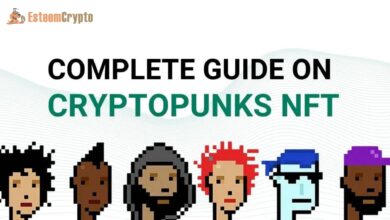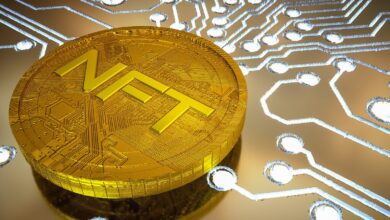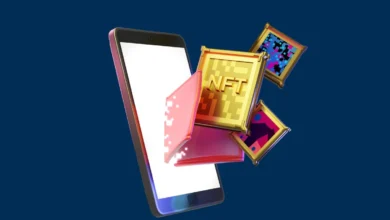AINFT Rebrand APENFT Merges AI & Tron Power
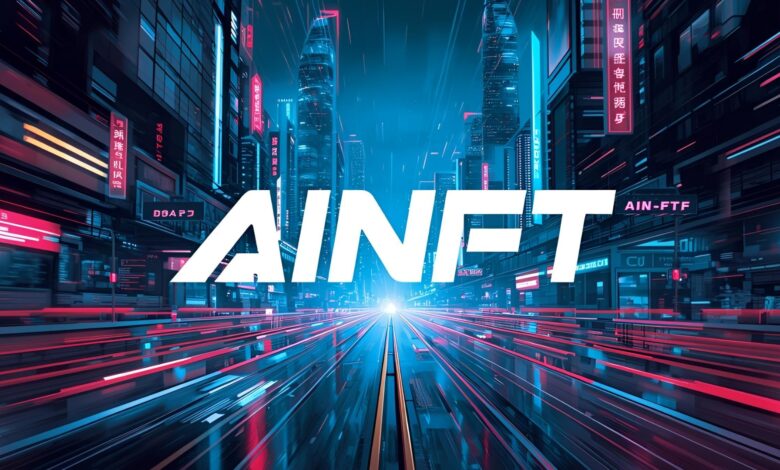
APENFT has officially rebranded to AINFT. This transformation reflects a deeper strategic shift: the integration of AI capabilities into the TRON ecosystem. The rebrand signals not just a name change, but the evolution of a project that began as an ambitious NFT-centric platform into a more expansive AI + blockchain hybrid. By weaving AI into its DNA, AINFT aims to accelerate development, enrich user experiences, and solidify its position within the TRON network. In this article, we explore why APENFT rebrands to AINFT, how the AI integration might work, what it means for the TRON ecosystem, and what challenges and opportunities lie ahead in this next chapter.
What Led APENFT to Rebrand
Origins of APENFT and Its Role in the Tron Ecosystem
Launched as a bridge between traditional art and blockchain, APENFT built its reputation as a key player in the NFT world, particularly on TRON. The platform aimed to tokenize masterpieces, support artists, and democratize access to digital art. On TRON, APENFT leveraged TRC-721 standards (compatible with Ethereum’s ERC-721) to issue and trade NFTs, while using decentralized storage (e.g., BTFS) to secure metadata and art assets. Over time, APENFT also explored cross-chain functionality with Ethereum and BNB Chain, ensuring interoperability and broad reach.
The project was already gaining recognition: in 20,25 it was listed on major exchanges like Kraken, with a $90,000 Reef program airdrop to boost engagement. In parallel, APENFT forged partnerships with AI projects such as NextMate, hinting at the future convergence of AI and NFT. These earlier signals set the stage for the full rebrand to AINFT.
Strategic Motives Behind the Name Change
Token brands evolve when their missions evolve—and APENFT’s shift to AINFT underscores a deliberate pivot toward integrating intelligence (AI) with non-fungible tokens. By rebranding, the project aligns its identity more closely with its emerging focus on AI-driven creation, curation, and utility within the NFT realm. The rebrand helps communicate that AINFT is not merely an NFT marketplace, but also a canvas for AI innovation built into the TRON infrastructure.
Additionally, the move enhances market positioning. In a saturated NFT landscape, a strong AI narrative can capture attention and differentiate the platform. Moreover, by anchoring this transition explicitly within TRON, AINFT can deepen alignment with the TRON ecosystem, leveraging its scalability, throughput, and community support.
How AINFT Intends to Integrate AI into Tron
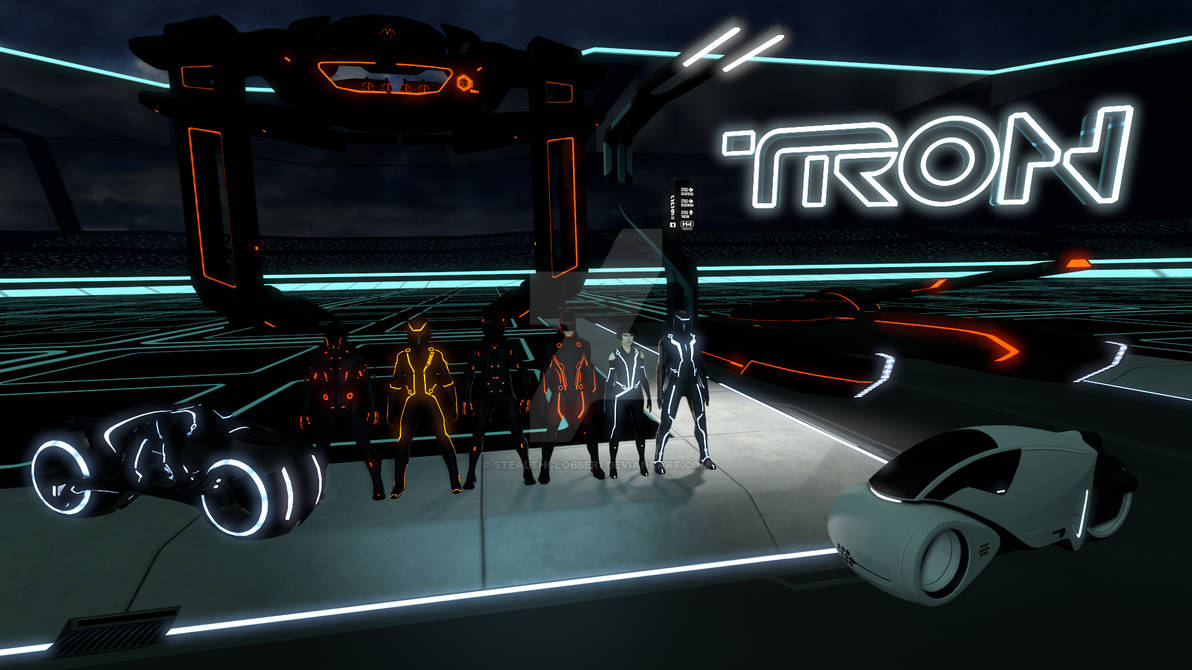
The Architecture: Merging AI Models with NFT Infrastructure
At its core, the AINFT vision is one of symbiosis between AI engines and NFT systems. Under this model, intelligent models (e,.g. generative AI, predictive analysis, metadata enrichment) will reside alongside or be accessible by the same infrastructure that handles NFT minting, trading, and governance.
One likely approach is offering AI-powered minting tools. Creators could use prompt-based generative AI to produce art or variations, which then become NFTs automatically—streamlining the creative workflow. This aligns with APENFT’s earlier support for tools like “Banana King AI” that ease NFT generation. AI modules might also assist in metadata tagging, rarity scoring, recommendation engines, or dynamic NFTs that evolve in response to behaviors or data inputs.
Because AINFT operates within TRON, these AI features will likely run in a hybrid setup: lightweight inference on-chain (via smart contracts, oracles, or specialized AI oracles) combined with off-chain compute resources. The blockchain would preserve provenance, ownership, and immutability, while compute-heavy AI tasks remain off-chain but seamlessly connected.
Use Cases: From AI Art to Prediction Markets
With AI integrated, AINFT can enable novel use cases beyond static collectible minting. One early example is AI-driven meme characters and prediction markets. APENFT had already announced collaboration with NextMate to build meme-related prediction markets, where users predict meme popularity and interact with AI-generated memes. Under the AINFT banner, such interactive, gamified experiences may scale further. Creators could spawn algorithmic art series, dynamic characters, or responsive NFTs that evolve with user input or data.
Another use case: curation and valuation AI. Algorithms could examine market trends, rarity dimensions, historical sales, and recommend valuations or help collectors discover overlooked assets. This supportive AI layer could reduce friction, make the marketplace smarter, and boost liquidity.
Further, integrating AI with analytics, fraud detection, and security becomes possible—flagging fake collections, detecting plagiarism, or suggesting where to invest or mint next.
Governance, Token Utility & AI Incentives
The governance model of AINFT will likely integrate AI themes deeply. Token holders may vote on which AI modules to deploy, how rewards are allocated, or which models to integrate next. The token may evolve to support AI staking or model incentives: for instance, holders stake tokens to support model training or earn yields when their staked AI modules are used.
Utility might expand: governance, mint fee discounts, priority access to AI tools, or shared revenue from AI-generated NFTs. The rebrand suggests that AINFT is preparing to merge NFT utility with AI tokenomics in novel ways.
Why the Tron Ecosystem Is Central to AINFT’s Strategy
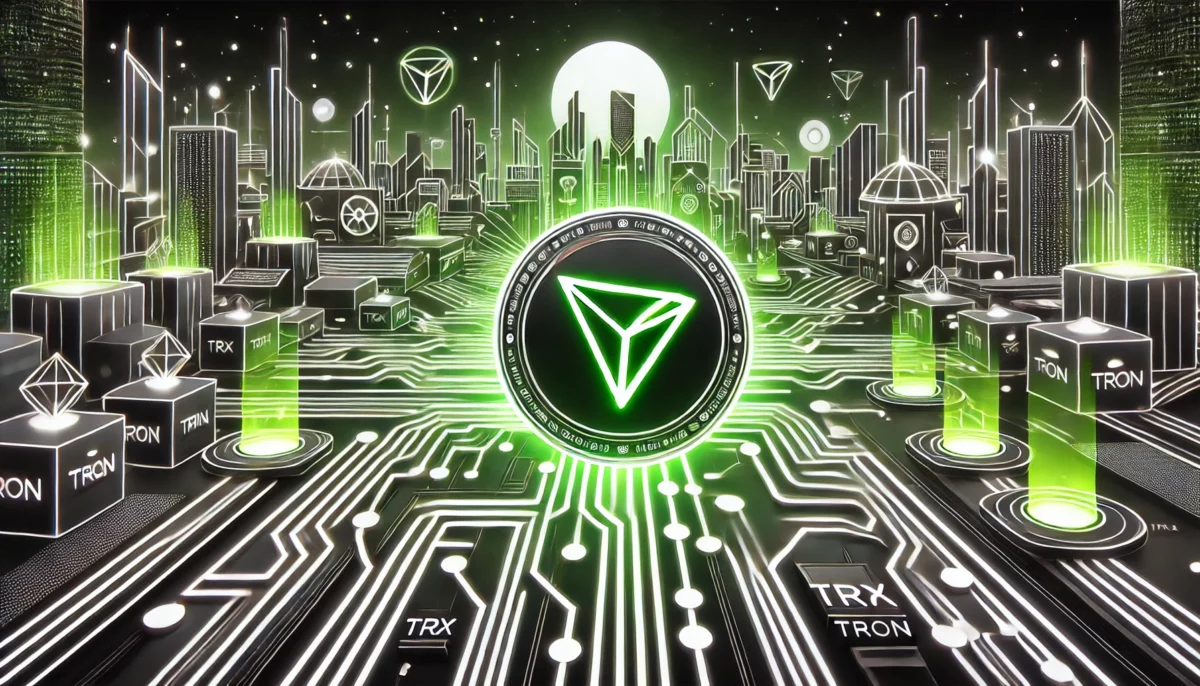
Tron’s Scalability and Low Fees
TRON offers near-instant transactions and minimal fees, a huge advantage for NFT platforms—especially when integrating real-time AI interactions or frequent contract calls. AINFT inherits these performance benefits by embedding AI workflows on top of TRON’s backbone. APENFT already benefited from TRON’s low-cost, high-throughput environment. The change to AINFT does not abandon this but deepens it.
Deepening Ecosystem Synergies
By embedding AI within TRON, AINFT reinforces the broader TRON narrative of building a comprehensive Web3 stack: DeFi, NFTs, AI, metaverse, etc. Tron has been launching inscription markets and expanding NFT tooling, inviting NFTs and new use cases into its fold. AINFT’s AI integration amplifies this momentum, contributing to use cases and richer infrastructure in the ecosystem.
Aligning branding also helps. AINFT’s name evokes AI + NFT, but it still roots it in the TRON ecosystem. This strengthens cohesion, incentivizes TRON community support, and reduces friction between the token and core protocols.
Cross-chain & Interoperability
Though AINFT leans heavily into TRON, its heritage in Ethereum and multi-chain compatibility remains. APENFT had previously supported token bridges and cross-chain NFT flows. Thus, AI-powered NFTs minted via AINFT may flow across chains, trading on Ethereum or BSC but anchored in TRON. This ensures reach beyond TRON while centralizing AI features on its chain.
Implications for Artists, Collectors & Investors
For Creators: Lower Barriers & Smarter Tools
Artists looking to mint NFTs may find AINFT’s AI tools a major boon. Rather than needing technical skill to generate or format NFTs, creators can leverage models to assist with design, metadata, or even generate derivative traits. This democratization could attract a wave of new talent—those without formal design skills but strong ideas.
Some creators may worry about AI overshadowing human artists. To mitigate this, AINFT must strike a balance: ensure human creativity remains valued, offer curated shows or AI-human hybrid collections, and allow manual override of AI suggestions.
For Collectors: Smarter Discovery & Dynamic Assets
Collectors benefit if the platform offers AI recommendations—the ability to find undervalued pieces, receive personalized suggestions, or engage with NFTs that evolve based on usage or data. Dynamic NFTs that update or respond add new dimensions of value and interactivity.
However, new risks emerge: algorithmic bias, AI-generated spam flooding the marketplace, or speculative overreliance on AI signals. Collector education and robust filters become essential.
For Investors & Token Holders
Token holders may gain from expanded utility: governance over AI deployment, participation in AI staking, fee revenues from AI transactions, and potential yield from AI-powered features. A successful AI integration could broaden adoption and liquidity, boosting token value.
But expectations must be tempered. AI models can be expensive, require continuous maintenance, and run into quality or intellectual property challenges. Investors should scrutinize model governance, data sources, monetization paths, and sustainability.
Potential Challenges & Risks in the AINFT Transition
Technical & Infrastructure Complexity
Integrating AI into blockchain is nontrivial. Models may require high compute, data pipelines, or off-chain APIs. Ensuring smooth, scalable AI responses while preserving on-chain integrity is tricky. The latency, cost, and reliability tradeoffs between on-chain and off-chain AI components must be carefully handled.
Additionally, smart contract security becomes more complex when models and oracles are involved. Bugs or vulnerabilities could undermine user trust or cause losses.
Intellectual Property, Bias & Copyright Issues
When AI generates art or metadata, questions around copyright, attribution, and ownership emerge. Who owns an AI-generated image? Who is responsible for derivative works? AINFT must clarify policies. Bias in AI models (e.g., trained on copyright-encumbered datasets) could lead to legal entanglements or community backlash.
Overhyping & Market Expectations
Rebrands often draw hype, but failing to deliver robust AI functionality risks disappointment. If early AI features are superficial, communities may see AINFT as a marketing ploy. Managing expectations, delivering real features, and incremental rollouts will be vital. Further, the NFT market is volatile and saturated. AI alone won’t guarantee success; adoption, liquidity, partnerships, and usability will still matter most.
Regulatory & Ethical Concerns
Using AI in digital assets may attract regulatory scrutiny—especially around deepfakes, data privacy, or generative content. AINFT will need to comply with content moderation, copyright law, and data protection where relevant.
How the Market Has Reacted & Early Signals
The rebrand announcement (as reported by CryptoBriefing) confirmed that Justin Sun, TRON’s founder, supports the transition. That lends credibility and signals alignment with TRON leadership. Early media coverage highlights the ambition of merging AI with NFT tools in TRON’s environment.
Meanwhile, APENFT’s existing listings on exchanges such as Krake and its pioneering move into Binance Alpha provide a foundation of liquidity and visibility. The community and developer interest will be key—if AI features deliver, the rebrand could catalyze new growth.
Partnerships like the one with NextMate suggest the project is not starting from zero—it already has AI alliances in place. Whether those collaborations scale under the AINFT brand remains to be seen.
Roadmap & What to Watch
For AINFT’s success, the community should watch for the following milestones:
-
AI Tool Launches: Release of generative, metadata, or recommendation AI modules.
-
Model Governance and Token Integration: Clear mechanisms for how token holders influence AI deployment.
-
Cross-chain Integration: Ensuring AI-enabled NFTs can move between TRON, Ethereum, BSC, etc.
-
Security Audits & Reliability: Robust audits of AI-smart contract bridges, oracles, and data flows.
-
Partnerships & Ecosystem Growth: Alliances with AI labs, NFT collections, marketplaces, and content platforms.
-
Transparency & Ethics: Policies around AI attribution, data sourcing, and IP must be clear and enforceable.
If AINFT rolls out meaningful AI features while preserving the integrity of the blockchain and maintaining community trust, it may carve a compelling niche in the evolving AI + NFT space.
Also Read: What Is NFT: A Complete 2025 Guide to Non-Fungible Tokens
Conclusion
The decision that APENFT rebrands to AINFT is more than cosmetic—it is a public declaration of intent to evolve from a pure NFT infrastructure project into a platform that fuses AI intelligence with blockchain-based digital assets. Within the TRON ecosystem, this represents both opportunity and challenge. AINFT aims to give creators smarter tools, collectors richer assets, and the ecosystem deeper synergy between AI and decentralized tech.
Success will depend on execution: building performant AI systems grounded in blockchain, ensuring model integrity and governance, and managing the expectations and trust of users. If done well, AINFT could become a flagship example of how AI and NFTs may coexist in a scalable, usable, and decentralized future. As this transition unfolds, artists, developers, and enthusiasts across TRON and beyond should pay close attention—it might herald a new paradigm in the merging of AI and digital art.
FAQs
Q: Why did APENFT choose the name AINFT?
The name AINFT aligns with the new mission: combining AI (artificial intelligence) and NFT (non-fungible tokens). It signals that the platform’s focus is expanding beyond traditional NFT marketplaces into AI-powered creation, curation, and utility within the TRON ecosystem.
Q: Will existing APENFT NFTs and token holders be affected?
The rebrand is primarily conceptual and strategic. Existing NFTs, token balances, and operations should remain functional under the AINFT architecture. However, users may gradually migrate to new contracts, tools, or AI modules as they launch. The project team will likely provide migration paths or compatibility mechanisms.
Q: What kinds of AI features can users expect early on?
Possible early features include AI-assisted minting (generative art via prompts), metadata enrichment and rarity scoring, recommendation engines for collectors, and engaging AI-driven dynamics such as meme prediction markets. The prior collaboration with NextMate suggests interest in AI-generated content and prediction markets.
Q: What risks should users be aware of in this transition?
Users should watch for technical issues (model reliability, latency, security vulnerabilities), intellectual property complications (ownership of AI-generated content), hype versus substance mismatches, and regulatory or ethical concerns around generative AI. Ensuring that the AI systems are transparent, auditable, and respect copyrights will be crucial.
Q: How does this rebrand affect the TRON ecosystem at large?
AINFT bolsters TRON’s positioning as a comprehensive Web3 platform—not just DeFi or NFTs, but also AI. It contributes new use cases, deeper tooling, and increased visibility. If successful, AINFT could attract more developers, creators, and capital into TRON, reinforcing its ecosystem and helping realize TRON’s vision of a scalable, intelligent blockchain stack.

